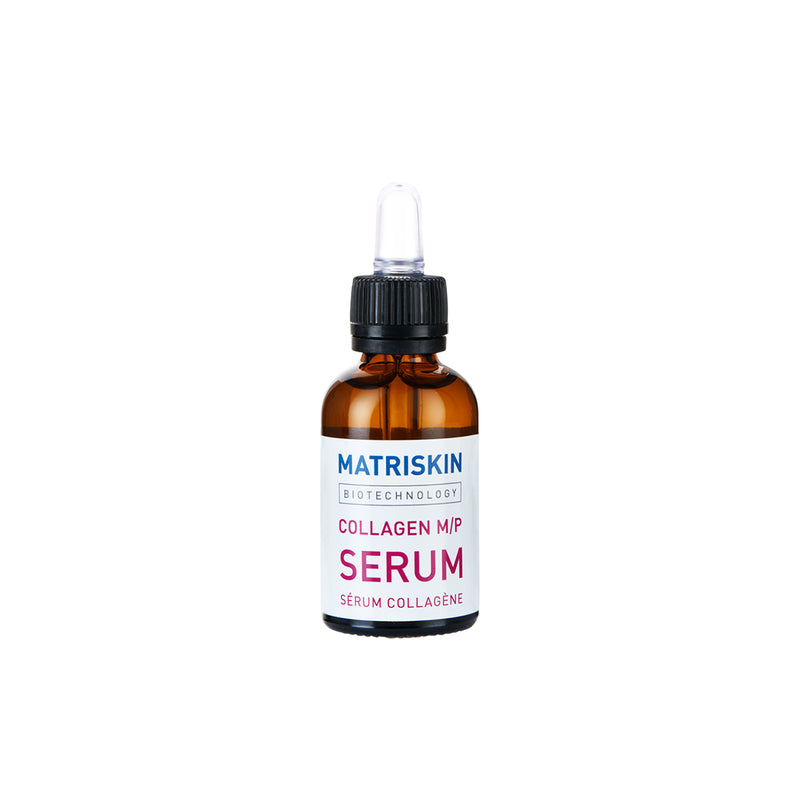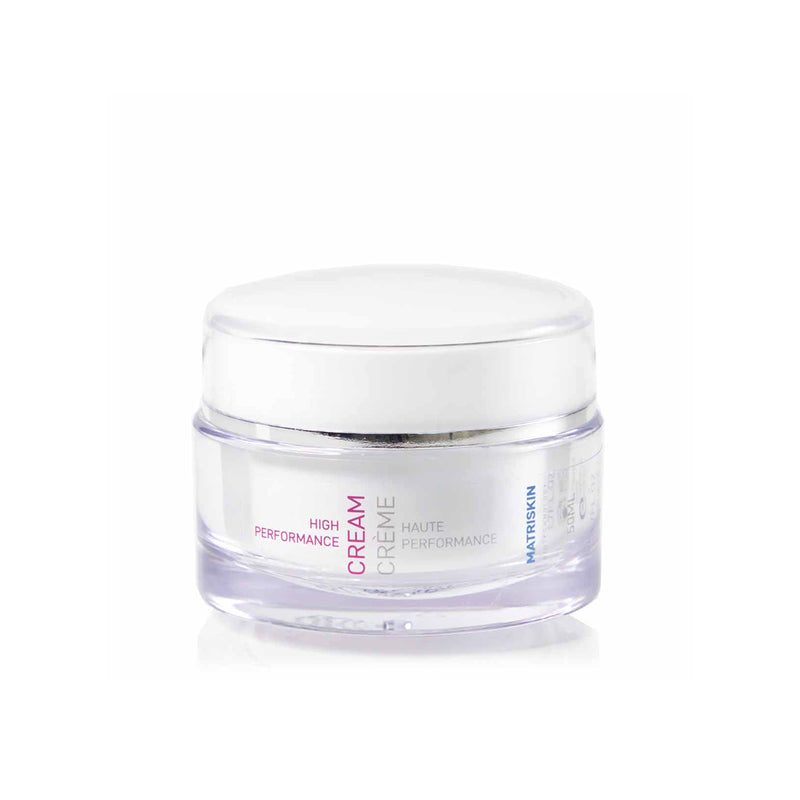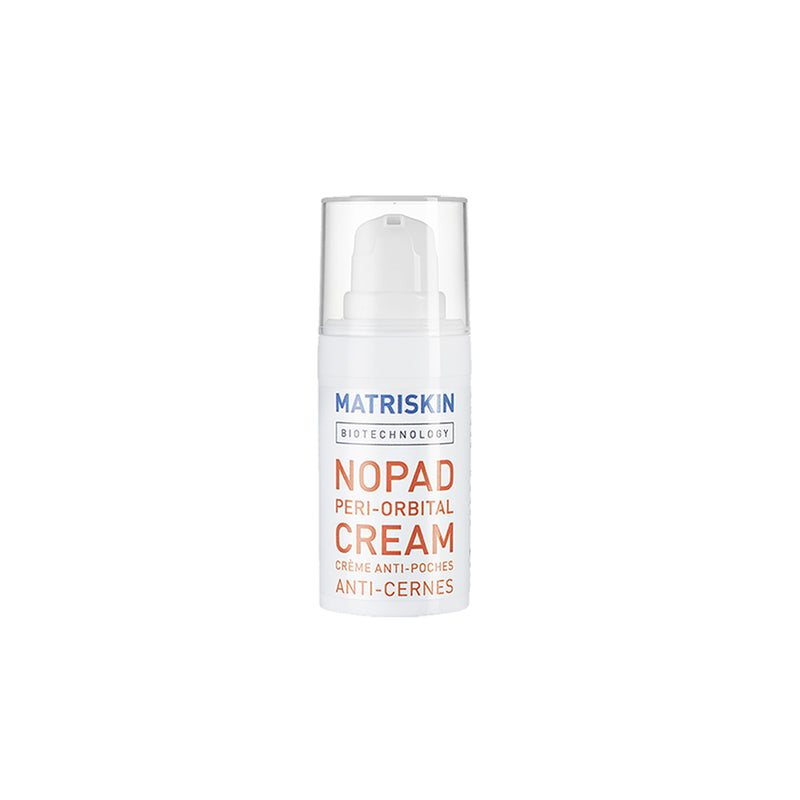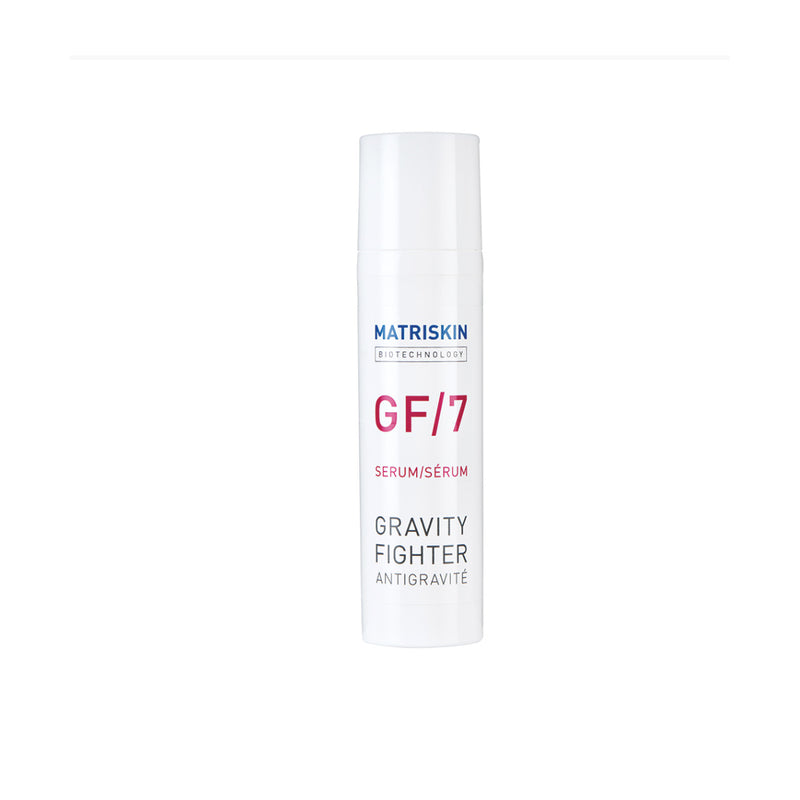MATRISKIN
American Academy of Dermatology Association. DermPractice Info. Guidelines of Care for Photoaging/Photodamage. www.aadassociation.org. Aad (American academy of dermatologist) aad.org Fitzpatrick's Dermatology in General Medicine, WebMd; CIR (Cosmetic Ingredient Review). 2006. CIR Compendium, containing abstracts, discussions, and conclusions of CIR cosmetic ingredient safety assessments. Washington DC.; NLM (National Library of Medicine). 2012. PubMed online scientific bibliography data. http://www.pubmed.gov. aad D.L. Bissett, J.E. Oblong, C.A. Berge: niacinamide (a B vitamin that improves aging facial skin appearance) (Dermatol Surg, 2005-7; 31 (7.2): 860-5); Biologie moléculaire de la cellule (3ème, IV; Médecine Sciences/Flammarion); Canola Council (http://www.canolacouncil.org); C.R. Cardoso, S. Favoreto Jr, L.L. Oliveira, J.O. Vancim, G.B. Barban, D.B. Ferraz, J.S. Silva: oleic acid modulation of the immune response in wound healing: a new approach for skin repair (Immunobiology, 2011-03; 216 (3): 409-15); Cosmétologie: vieillissement (faux miracles et vrais progrès), 1996-01, p. 6; V.R. Chandrasekaran, D.Z. Hsu, M.Y. Liu: beneficial effect of sesame oil on heavy metal toxicity (JPEN, 2014-02; 38 (2): 17985); Thivolet & Schmitt: vieillissement cutané (7ème cours de biologie de la peau; séminaire INSERM 1993, p. 251); Gallot, "les protéoglycanes", actifs & additifs en cosmétologie (Lavoisier TEC & DOC, p. 110-124, 1992); T. Geetha, B. Rohit, K.I. Pal: sesamol (an efficient antioxidant with potential therapeutic benefits) (Med Chem, 2009-07; 5 (4): 367-71); W. Gehring: nicotinic acid/niacinamide and the skin (J Cosm Dermatol, 2004; 3 (2): 88-93); M. Ginsberg, M.D. Pierschbacher, E. Ruoslahti, G. Marguerie, E. Plow: inhibition of fibronectin binding to platelets by proteolytic fragments and synthetic peptides which support fibroblast adhesion (J Biol Chem, 1985- 04-10; 260 (7): 3931-6); Huey-Jine Chai, JingHua Li, Han-Ning Huang, Tsung-Lin Li, Yi-Lin Chan, Chyuan-Yuan Shiau & Chang-Jer Wu: effects of sizes and conformations of fish-scale collagen peptides on facial skin qualities and transdermal penetration efficiency (J Biomed Biotechnol, 2010; 757301); K. Katayama, J.M. Seyer, R. Raghow, A.H. Kang: regulation of extracellular matrix production by chemically synthesized subfragments of type I collagen carboxy propeptide (Biochemistry, 1991-07-23; 30 (29): 7097-104); K. Katayama, J. Armendariz-Borunda, R. Raghow, A.H. Kang, J.M. Seyer: a pentapeptide from type I procollagen promotes extracellular matrice production (J Biol Chem, 1993; 268 (14), p. 9941); Y. Kaymac & M. Önder: an investigation of efficacy of topical niacinamide for the treatment of mild and moderate acne vulgaris (J Turk Acad Dermatol, 2008; 2 (4): 4); R.R. Korać, K.M. Khambholja: potential of herbs in skin protection from ultraviolet radiation (Pharmacogn Rev, 2011-07; 5 (10): 164-73); K. Lintner, O. Peschard: biologically active peptides (from a laboratory bench curiosity to a functional skin care product) (Int J Cosmet Sci, 2000-06; 22 (3): 207-18); Thivolet & Schmitt: lipides cutanés (7th skin biology course; INSERM, 1993, p. 43-53); H. Matsumoto, H. Ohara, K. Ito, Y. Nakamura & S. Takahashi: clinical effects of fish type I collagen hydrolysate on skin properties (ITE Letters on Batteries, New Technologies & Medicine, 2006; 7 (4): 386-390); Monte Alto Costa et al.: fibroblaste et réparation cutanée (8ème cours de biologie de la peau; séminaire INSERM, 1995, p. 203; Thivolet & Schmitt); N.M. Niren: pharmacologic doses of nicotinamide in the treatment of inflammatory skin conditions (Cutis, 2006-01; 77 (1 suppl.): 11-6); Owen et al.: anti-ageing technology for skincare (Global Cosmetic Industry, 1999/02, p. 38-40); N. Pazyar, R. Yaghoobi, M.R. Ghassemi, A. Kazerouni, E. Rafeie, N. Jamshydian: jojoba in dermatology (a succinct review) (G Ital Dermatol Venereol, 2013; 148 (6): 687-91); L.M. Pereira, E. Hatanaka, E.F. Martins, F. Oliveira, E.A. Liberti, S.H. Farsky, R. Curi, T.C. Pithon-Curi: effect of oleic and linoleic acids on the inflammatory phase of wound healing in rats (Cell Biochem Funct, 2008-03/04; 26 (2): 197-204); Pierard et al.: the microanatomical basis of facial frown lines (Arch Dermatol, 1989; 125 (8), p. 1090); Ponec, Gibbs, Weerheim, Kempenaar, Mulder & Mommaas: epidermal growth factor and temperature regulate keratinocytes differentiation (Arch Dermatol Res, 1997, p. 289, 317- 326); E. Ranzatto, S. Martinotti & B. Burlando: wound healing properties of jojoba liquid wax: an in vitro study (J Ethnopharmacol,2011; 134 (2): 443-9); L. Robert: gerontology (press office of the Novartis Company, 1997); Roelandts: ageing and photoaging in 'Cosmetic Dermatology' (1994, 7.8, Martin Dunitz Editions); R.R. Shenoy, A.T. Sudheendra, P.G. Nayak, P. Paul, N.G. Kutty, C.M. Rao: normal and delayed wound healing is improved by sesamol, an active constituent of Sesamum indicum (L.) in albino rats (J Ethnopharmacol, 2011-01-27; 133 (2): 608-12); M. Srisayam, N. Weerapreeyakul, S. Barusrux, K. Kanokmedhakul: antioxidant, antimelanogenic, and skin-protective effect of sesamol (J Cosmet Sci, 2014-03/04; 65 (2): 69-79); D. Surjana, D.L. Damian: nicotinamide in dermatology and photoprotection (Skinmed, 2011-11/12; 9 (6): 360-5); T. Tsuji, T. Yorifuji, Y. Hayashi, T. Hamada: light and electron microscopy studies on wrinkles in aged skin (Br J Dermatol, 1986; 114,
(3), p. 329); T. Tsuji: ultrastructure of deep wrinkles in the elderly (J Cutan Pathol, 1987; 14 (3), p. 158); J.W. Wiechers, A.V. Rawlings, C. Garcia, C. Chesné, P. Balaguer, J.C. Nicolas, S. Corre, M.D. Galibert: a new mechanism of action for skin whitening agents (binding to the peroxisome proliferator-activated receptor) (Int J Cosmet Sci, 2005-04; 27 (2): 123-32).












